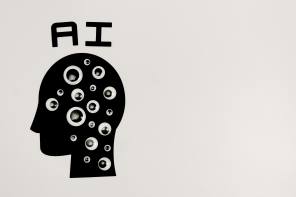Also, the feeling, and indeed the reality, of distance is important. You can feel physically threatened by an angry interviewer; intimidated by a big person or one who sits too close. The online interview can make you feel more confident.
Presenters know about the power of feedback, both verbal and visual. You can tell quite quickly ‘how you are coming across’. Are they interested, sceptical, distracted?
The more the people on a video call, the smaller their image and if they are on mute, the less valuable the feedback that you are likely to get.
Research
The research in this area has some interesting findings. Take for instance the question: do people remember more of what they have heard, seen or read?
Ask the lay person about the “relative power” of audio-visual (television), audio-only (radio), and print (newspaper) medium. Most (around 75%) argue the relative influence of television.
They think face-to-face communication is more memorable: and they are wrong; usually least is recalled in this medium; so why?
There are at least four reasons why audio-visual communication is least memorable
- Depth of cognitive processing: reading takes more effort; more concentration which helps both comprehension and recall. Sure, people recall dramatic, emotive pictures but not always precisely the story. We recall the “bad taste” tie or the strange room decorations but not the complicated and subtle things the person was saying.
- Reading gives you control over the speed and pace of reading for maximum personal comprehension. Some people speak very fast, with an accent, or very quietly. Broadcasters are taught about pitch, pause and pace…but not the average person, which makes interpretation difficult.
- There can be both an asynchronicity and contradiction between script and pictures: this can be the difference between what is being said and how it is said, or background factors.
- Script offers paragraphing and “chunking” so that the information is structured which helps memory. It is much harder to the logic and flow of the argument or data without the script
Advice
So what advice and recommendations are there for the busy asset manager to create some healthy video conferencing habits?











